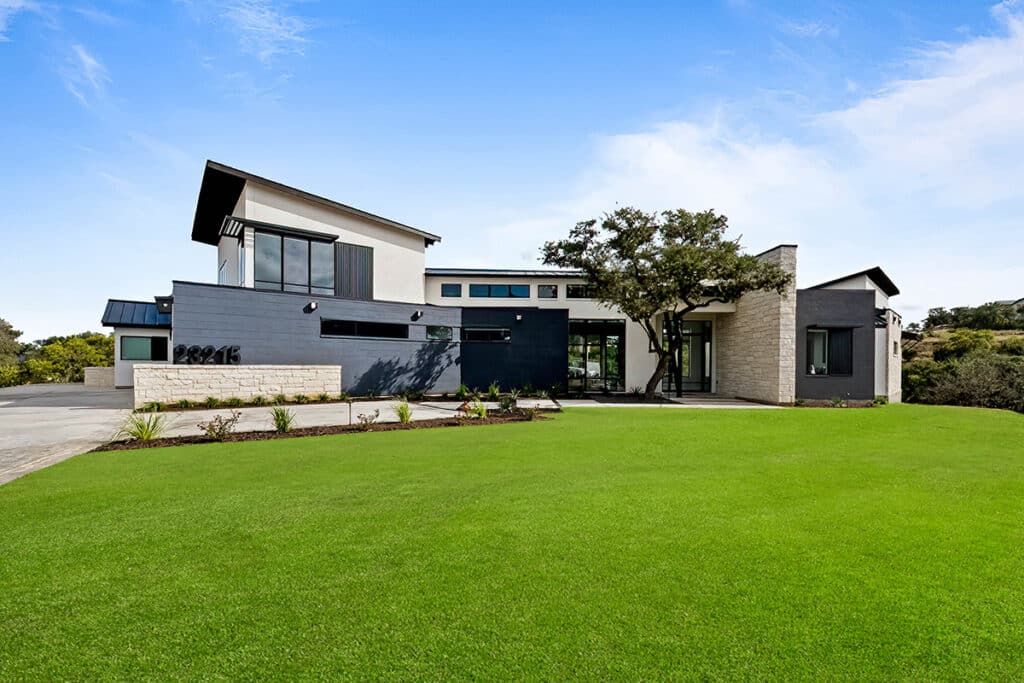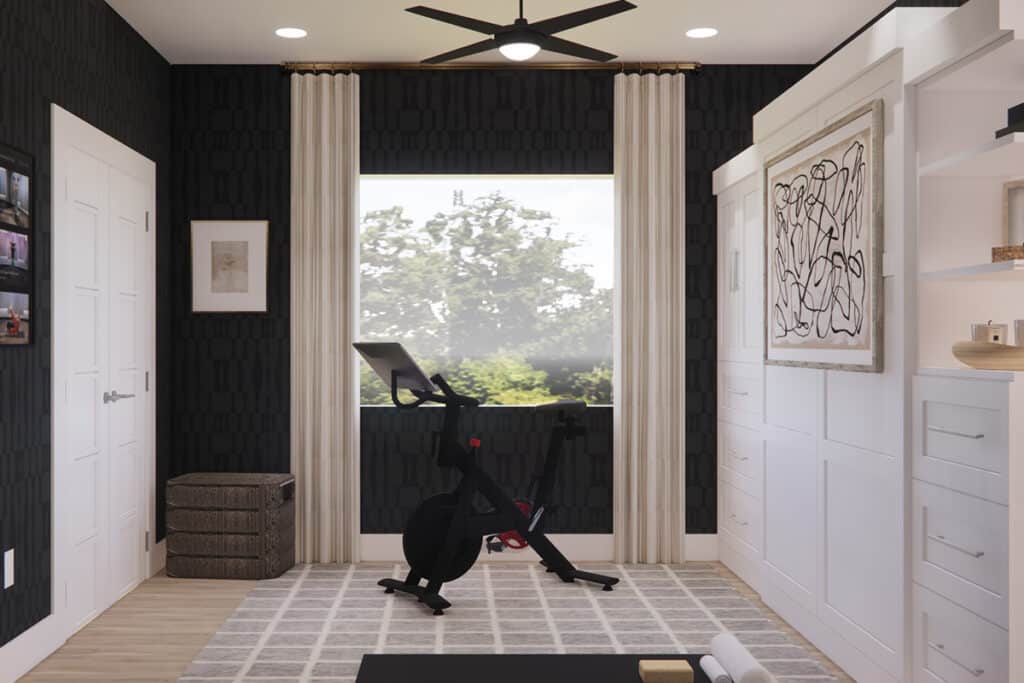 Helping Bruised Souls Find Wellness
Helping Bruised Souls Find Wellness
Nature helps soothe a range of ailments, connecting people with roots that bottled medicines can’t reach. Many people in busy urban areas don’t access or engage with outdoor spaces, so businesses caring for people are incorporating garden spaces — from large and complex to as simple as a few containers — as integral parts of their workplace’s mission.
Earth, water, fire and wind have always supplied humans with basic needs of food, water, energy and shelter plus overall well-being and pleasure. Time spent in nature helps balance, lower blood pressure, reduce stress and increase Vitamin D absorption. Knowing these benefits, many businesses and health centers are incorporating large or small garden areas for their staff and clients, including the following three San Antonio centers:
EDCASA
Eating disorder patients often retreat psychologically into their own worlds, isolating themselves from life, other people, work. EDCASA’s garden program helps patients reconnect with earth, growing things, life cycles, food at its source. Patients tend the garden, tactilely experiencing soil preparation, planting, watering, fertilizing, weeding, pruning, harvesting vegetables or cutting flowers, smelling herbs or hearing wind rustle in tree leaves.
“How beautiful is it to throw yourself into working in the garden?” asks Kay Watt, who started EDCASA in 2007. Eating disorder patients tend to be overly critical of themselves and their bodies, seeking unreachable perfection. In a working garden, they see that beauty can exist in imperfection — flowers among weeds, vegetable vines with nibbled leaf holes, dead stems awaiting pruning for fresh growth. A garden’s changing cycles mimic human life struggles, in turns lush, listless, productive, dormant, thriving, failing. Rewards ring richly. Gardens don’t guarantee success, so healthy vegetables shared or fresh flowers cut and placed in a vase bring great pleasure. Gardening engages patients in external productivity and provides a soothing interface with life, helps them notice and care whether there is rain or drought, harsh temperatures, wind or hail. Patients are more in touch with external surroundings, rather than retreating internally.
EDCASA holds some classes or activities in the garden, and some patients just sit there to recenter or practice mindfulness. Painted rocks and pots dot the beds, alongside cement stepping stones patients press with hand prints, tiles, gemstones and encouraging words: Stay strong. One step at a time. Find your strength. Wind chimes and colorful pinwheels catch wind; birdbaths and feeders invite chirping. A wooden picnic table sits beneath a shade tree, its base painted lime green but every surface inch covered with artful graffiti: Beauty defined by the soul, not the mirror, or If you’re lucky enough to be different, don’t change. Plant selection attracts birds, bees, butterflies. A plastic garden gnome holds a fake flower amidst living pansies, violas, rosemary, cabbage, mustard greens, kale and broccoli.
Many patients have never grown anything from scratch and relish putting seeds into soil, adding water and watching growth. All play roles learning to cope with painful feelings, living and eating mindfully, managing obsessions and stress and embracing joy.
AURORA CANCER CENTER
At Aurora Cancer Center, Dr. Lillian Chou transformed part of an otherwise stark parking lot into a garden grouping of silver feed troughs overflowing with fruit trees, rose bushes, sunflowers, daisies, lettuce and tomatoes. Vines speckled with yellow squash blossoms drape down the feeders’ sides. Staff members and patients pluck tomatoes or lettuce to augment lunch or take home. Many also have started gardens in their own yards or patios.
On an adjacent stone patio, people can rest on limestone rocks beneath shady oak trees and mountain laurels. Spineless prickly pear pads (nopales) protrude from soil, sprouting edible “nopalita” pads — rugged drought survivors that grow rich in vitamins and antioxidants against all odds. Cars drive nearby, but birds chirp, leaves flutter and plants teem with vibrant produce — an uplifting alternative to a waiting room.
As if on cue, a butterfly flutters in and alights on a leaf, then shimmers away like a mirage.
In time, Dr. Chou wants to transform the garden to all edible plants to showcase eating healthy and growing vegetables in unlikely spaces for optimal health and fighting cancer.
CHILDREN’S BEREAVEMENT CENTER
Children’s Bereavement Center uses backyard garden therapy, age-appropriate elements and metaphoric activities for children and families suffering from loss of a loved one. Its lovely backyard offers pathways through flower beds, shade trees, a playscape, turf grass and patios with tables and benches. Each part purposefully addresses grief’s stages — reality, remembering and moving on to the future.
Seasonal growth in the garden acts as a metaphor for cycles of death and life that follows. Sensory plant beds employ sweet and strong aromas of honeysuckle and rosemary to soothe. A garden pathway transforms into a ritual walk family members traverse, carrying candles to place in garden wall nooks. Even the playscape engages metaphors of tunneling through, climbing out, holding onto support, looking forward for hope.
A side patio’s wooden wishing well sends wishes on smooth stones left for others who come later to take or add to, giving and receiving hope in sadness. Wind chimes ring deep resonance, confirming sacredness for the deceased, self and others. On a large corner wall, tucked behind flowers, rises a “Before I Die” wall. Kids write or draw in colored chalk what they hope to experience in life: “I want to open a barber shop” or “I want my mom to be happy.” A labyrinth brick pattern twirls for individuals to walk and recenter life’s journey; the way into the labyrinth center is also the way out, but trust is required to journey the path effectively.
And every life journey ideally should include a garden or outside space.




